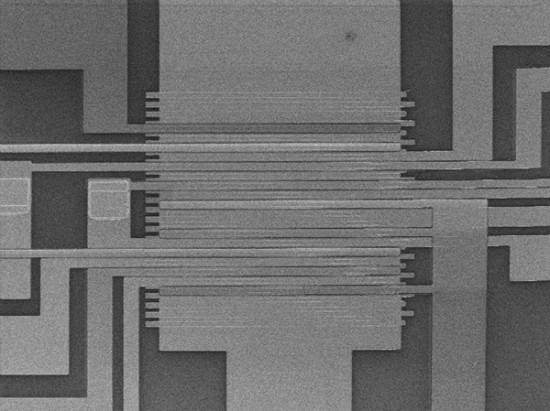Intelligent Machines
Computing beyond Silicon



It is inevitable that eventually Moore’s Law will fail–at least for silicon technology. Further miniaturizing silicon transistors to fit more of them on a microchip will become impossible, or at least too expensive. Researchers are anticipating that day by developing alternative materials such as gallium arsenide, graphene, and carbon nanotubes. The hope is that transistors made from these materials will be smaller, faster, and more energy efficient than anything that could ever be made from silicon. “We need to add more materials to the toolbox,” says Michael Mayberry, director of components research at Intel.
One challenge is to make these materials work with the infrastructure built for silicon, which represents billions of dollars in investment for chip makers (see “The High Cost of Upholding Moore’s Law”). Intel, for one, has developed expertise in compound semiconductors, such as gallium arsenide, that operate at higher speeds and lower voltages than silicon. But gallium arsenide is brittle, so devices made from it are difficult to manufacture in volume. Intel is trying to get around the problem by growing thin layers of this material on top of silicon wafers, hoping to improve silicon chips by adding a few high-performance gallium arsenide elements.
Other major contenders to replace silicon are based on carbon. In February, IBM made transistors from graphene, a one-atom-thick mesh of carbon; they are much faster than silicon transistors, switching at the rate of 100 gigahertz. Crucially, the IBM researchers built the transistor arrays on wafers, using a manufacturing-friendly process. These graphene transistors are still much bigger than their silicon counterparts, however, and an integrated circuit hasn’t been made from them yet.
Researchers are also working on making transistors from carbon nanotubes. Like the graphene transistors, these are speedy, but they are much smaller. At Stanford University, scientists are developing techniques for fabricating three-dimensional integrated circuits based on these cylindrical molecules of carbon.
It’s still uncertain what will ultimately replace silicon. But this once dominant material is already looking too fragile, too power hungry, and too expensive to drive our computers forever.